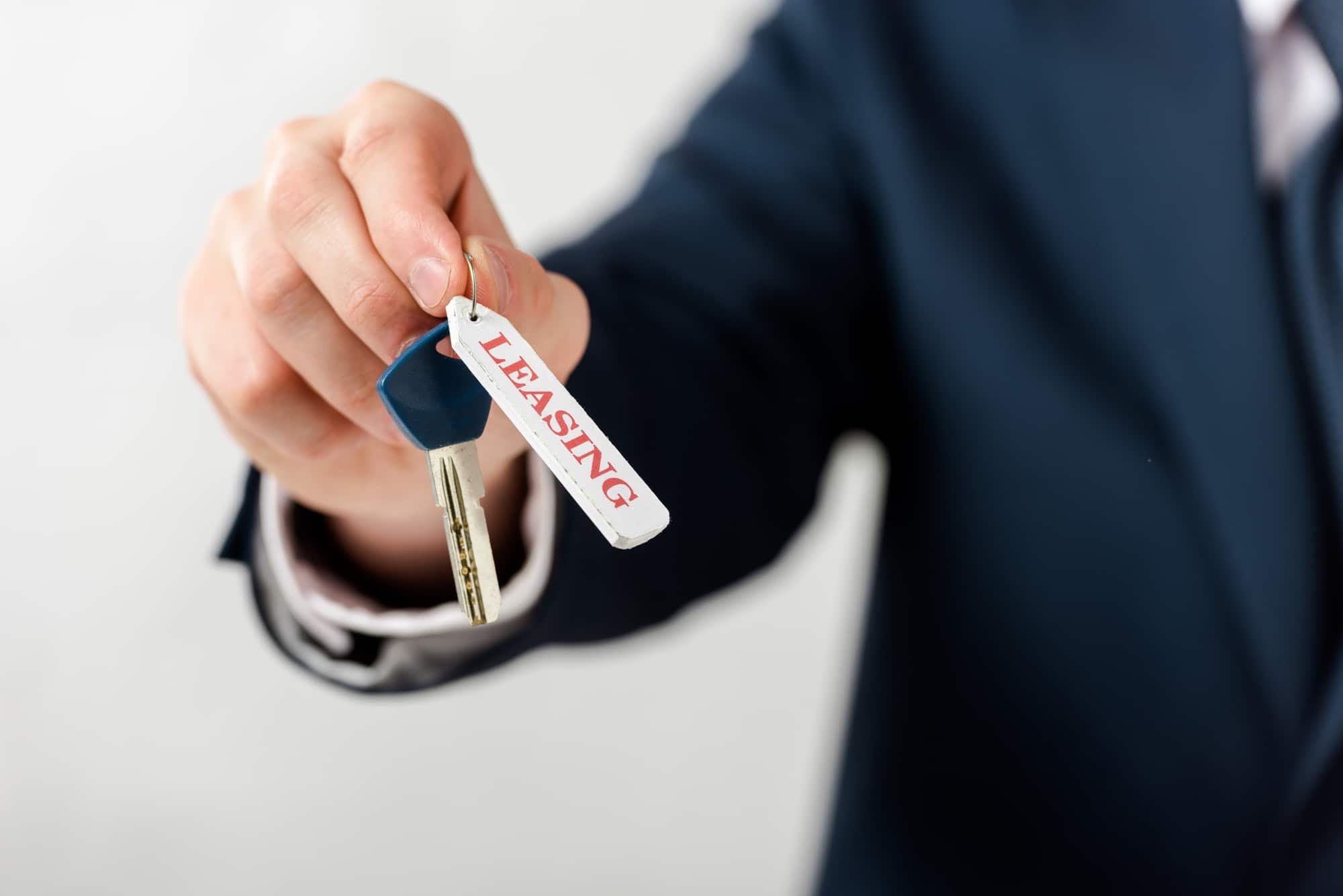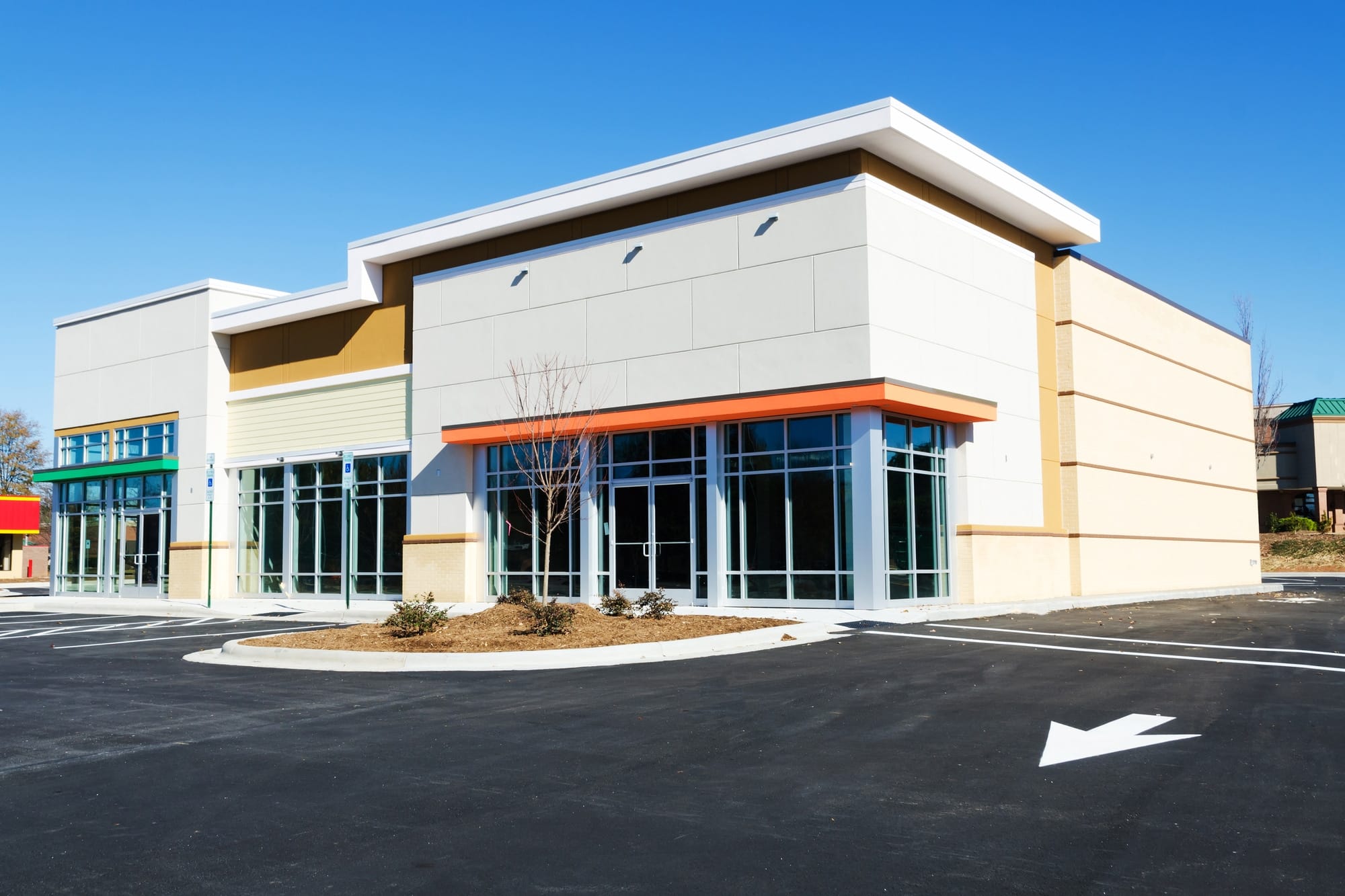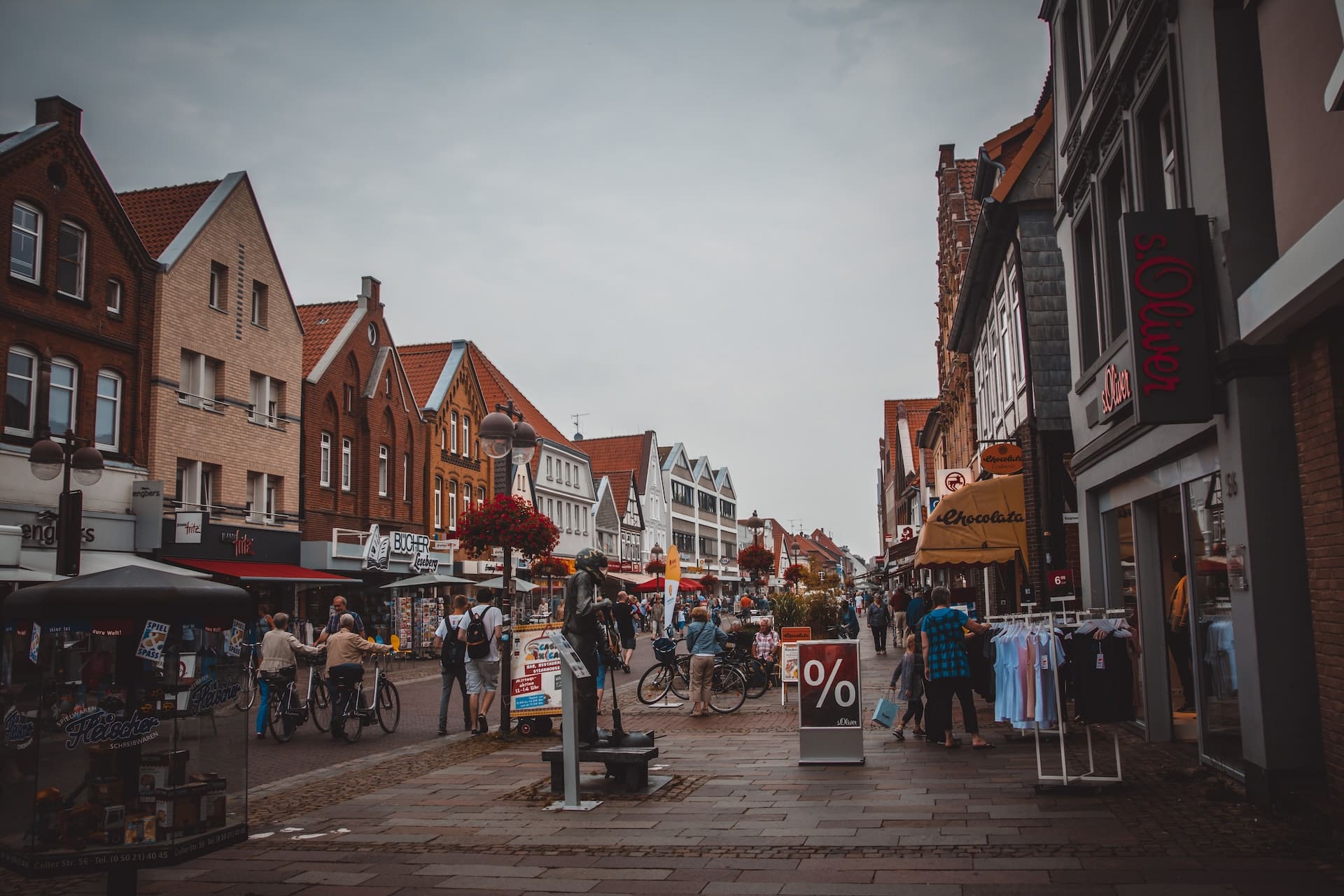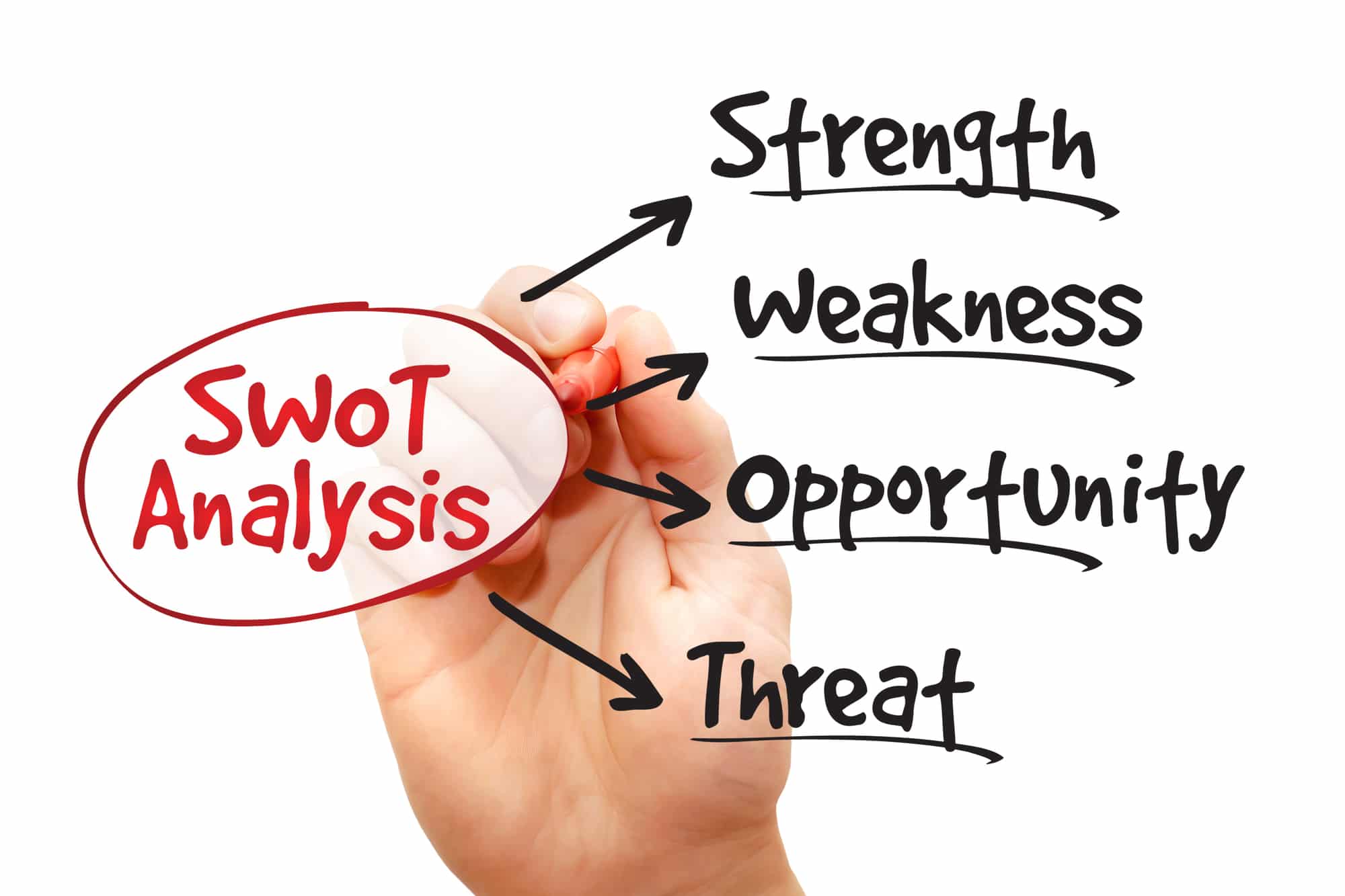Our SWOT Analysis of the Commercial Real Estate Industry highlights various internal and external factors that impact the industry.
Are you an investor looking to invest in commercial real estate? If yes, then don't go anywhere. Instead, sit and read this article till the end because this article is specially written for you!
The commercial real estate industry is vast because the returns in this industry are massive. Today's article will examine the commercial real estate industry in detail.
We will perform a SWOT Analysis of the Commercial Real Estate Industry. The purpose of this SWOT analysis will be to highlight various internal and external factors that impact the commercial real estate industry.
Before proceeding with the SWOT analysis, let's gain insight into the commercial real estate industry.
The real estate industry is massive. It consists of every type of property—for example, residential property, industrial property, commercial property, etc.

The commercial real estate industry is a sub-industry of the real estate industry. The commercial real estate industry refers to the property purchased, constructed, sold, or lent for commercial purposes rather than residential or other purposes.
The commercial real estate industry has been existing for centuries. However, we will only focus on the modern-day commercial real estate industry because knowing its history is very important for you.
The industrial revolution laid the foundation of the modern-day commercial real estate industry. As countries experienced the industrial revolution, the living standard of people increased significantly, and they started leaving their villages and began to settle in cities.
Moreover, after industrialization, the demand for commercial and industrial property increased. Later in the 19th century, developed countries like the US started building skyscrapers in cities like New York to facilitate businesses.
The construction of tall commercial buildings in cities was a milestone for the commercial real estate industry.
After World War Two, countries started paying attention to economic growth, and that's when they started developing infrastructure to support and expand businesses. Moreover, cities like New York, Tokyo, and London were considered financial capitals globally.
Hence, the demand for commercial property in these cities helped the commercial real estate industry to grow. Later in the 1960s, Real Estate Investment Trusts (REITs) were established. They mainly invested in the commercial real estate industry. As a result, the industry grew further.
Currently, the commercial real estate industry is a trillion-dollar industry. Alone in the US, the commercial real estate industry's worth is $20.7 trillion.
Now that we have discussed the commercial real estate industry and how it evolved over the years, let's briefly explain what SWOT analysis is.
SWOT analysis takes a look at the internal and external factors that impact a specific business, industry, or country. The SWOT template provides a complete overview of a business, industry, or country's strengths, weaknesses, opportunities, and threats.
Since you know what SWOT analysis is, let's proceed and conduct the SWOT analysis of the commercial real estate industry.

Strengths of The Commercial Real Estate Industry
Industries need to have strengths because that differentiates them from other industries. This section will analyze the commercial real estate industry's strengths.
A Source of Steady Income
People always look for a steady income, so many university graduates seek jobs instead of starting their own businesses. One of the attractions that the commercial real estate industry is that it is a steady source of income.
People invest in the commercial real estate industry because once they have invested in it, they get a steady income after s specific period. For example, imagine you own a commercial property, and you give it to someone on rent.
Now, you just have to wait for the rent. Then, after a fixed interval, you will get a fixed amount without worries. This aspect of steady income makes many people invest in the commercial real estate industry.
Chance of Capital Appreciation
Another factor that attracts people to invest in the commercial real estate industry is that the value of their property might increase in the future. This is because the value of property usually appreciates with time.
There are several reasons for this appreciation. For example, land is scarce while the demand for land is unlimited. Therefore, as the demand for land increases, it appreciates. Moreover, if a development project takes place near any property, the value of the property increases.
Usually, capital depreciates with time. However, property generally appreciates. This is why people are primarily driven toward the commercial real estate industry.
Increasing Demand
Any industry progresses until it is in demand. The commercial real estate industry has a high demand because the demand for commercial property is increasing with time. The demand for commercial property is growing as the urban population increases.
Moreover, the number of businesses is increasing. Due to this, the demand for commercial property is increasing. Hence, the prices of commercial property are increasing. As long as people will do business, they will require commercial properties. This is why the demand for commercial real estate is never-ending.

Weaknesses of The Commercial Real Estate Industry
Every industry has some weaknesses. We need to highlight these weaknesses to know whether to operate in this industry. In this section, we will examine the weaknesses of the commercial real estate industry.
Affected By Economic Fluctuations
Economic conditions do have an impact on industries. However, this impact depends upon the type of industry and how much it gets impacted by the economic conditions. For example, recessions and economic downturns highly impact the commercial real estate industry.
Any change in the economy that will cause the purchasing power of people to fall will cause the prices of the commercial real estate industry to fall since the prices in the commercial real estate industry are driven by the demand for properties. Therefore, once the demand for commercial real estate falls, their prices will also decrease.
Requires Long-Term Commitments
People are primarily looking for short-term commitments, especially while investing. This is because they consider long-term commitments a liability. However, the commercial real estate industry requires long-term commitments.
According to the laws, the contracts made in the commercial real estate industry consist of months and years. For example, leases are usually long-term. This restricts buyers and sellers from exploring other options while under contract.
This characteristic of the commercial real estate industry is a weakness, pushing people, who want short-term commitments, away from investing in the industry.
High Capital Needed
Most industries cater to all segments of society. However, you must have high capital to deal in the commercial real estate industry. Since commercial property is costly, it s not possible for everyone to buy or purchase commercial property.
This is a restriction since all segments of the economy can not be a part of the commercial real estate industry.

Opportunities For Commercial Real Estate Industry
Industries do get the opportunity to expand their operations. However, not every industry can see the available growth opportunities. This section of the SWOT analysis will analyze the opportunities for the commercial real estate industry.
Urbanization
Urbanization provides growth opportunities to many industries. Commercial real estate is an industry linked with urbanization. As people move towards cities for business purposes, the demand for commercial property increases.
As the world is getting urbanized daily, the demand for commercial real estate is also increasing. Hence, it is predicted that by 2050, the share of urban land will increase from one-third and reach to two third. The increasing urbanization allows the commercial real estate industry to grow further.
Development of Infrastructure
Governments all over the globe are paying attention to development. They are developing roads, bridges, and buildings to facilitate their people. Such infrastructural development will cause the worth of the commercial real estate industry to increase.
For example, imagine there is a commercial property. However, the road in front of that building is broken. If the government fixes that road and develops a public transport system near the building, the price of that building will surely go up.
This is how the construction of infrastructure can impact the prices of commercial property, causing the overall worth of the commercial real estate industry to increase.
The Emergence of The E-Commerce Industry
As the e-commerce industry has emerged recently, many industries have grown. For example, as the e-commerce industry evolved, the transportation industry has also grown with it.
Similarly, as the e-commerce industry grows, it is a perfect opportunity for the commercial real estate industry to grow. Therefore, you must be thinking about how these two industries are related.
E-commerce platforms require warehouses and commercial properties to carry out their operations. Therefore, as the e-commerce industry grows, the commercial real estate industry has the opportunity to grow since the demand for commercial property will also increase.

Threats For The Commercial Real Estate Industry
Every industry faces different types of threats from the external environment. In this section, we will examine the commercial real estate industry's threats.
Economic Recession
After the pandemic and the conflict between Ukraine and Russia, the global economy is crippling. As a result, many experienced economists have predicted that 2023 will be the year of recession.
Many industries are scared of the recession because, in a recession, people lose their purchasing power. Hence the demand for products and services falls in an economy.
Suppose, if an economic recession occurs, people won't have enough disposable income to invest and commercial real estate, so the demand in the commercial real estate industry will fall, which won't be good for the industry.
Oversupply In The Market
The commercial real estate industry prices are set by the principle of supply and demand. Commercial property prices generally increase because the demand for commercial property is high, but its supply is low.
However, many people are entering the commercial real estate industry nowadays. They are building a commercial property and selling it.
This can cause the supply of commercial property to increase. If that happens, commercial property prices would fall, and the commercial real estate industry would suffer.
Rising Interest Rates
The interest rate is a tool central banks use to decrease spending in an economy if there is high inflation. Currently, the rate of inflation is pretty high globally. Last year, the global inflation rate was 8.3%, the highest in recent years.
To counter inflation, countries have increased their interest rates. Higher interest rates impact the commercial real estate industry negatively. High-interest rates increase borrowing costs. As a result, fewer people borrow money from banks and invest in the commercial real estate industry.
This causes the demand for commercial property to fall. Moreover, high-interest rates provide an incentive to save. As a result, they deposit their money in banks instead of spending it in the commercial real estate industry.
This is why an increase in interest rates would adversely impact the commercial real estate industry.

SWOT Analysis of The Commercial Real Estate Industry: Final Word
The commercial real estate industry is a sub-industry of the real estate industry. It consists of commercial properties only. The commercial real estate industry emerged after industrialization.
Urbanisation increased significantly after industrialization when the demand for commercial property increased. Later, skyscrapers got constructed. Hence, the demand for commercial property further increased.
Over time, the commercial real estate industry kept on increasing. But, after that, World Wars occurred. During World Wars, the real estate industry definitely struggled.
However, after the second World War, countries switched their focus toward development, so the commercial real estate industry expanded again.
In today's article, we conducted a SWOT analysis of the commercial real estate industry to analyze various factors that impact the commercial real estate industry.
After reading this article, we would assume you now know how to conduct a SWOT analysis. These findings of the SWOT analysis can also be precisely displayed through a SWOT Matrix.
If you found this article enjoyable and would like to read more SWOT analysis articles, look at some examples of SWOT analysis.


